$960 1Q 2024
1.9%
89.3% 1Q 2024
-20 BASIS POINTS
4.5%
7.5%
* Please note that these employment figures have been adjusted for seasonal variations and are based on Moody’s Analytics forecast as of January 1, 2024.
** Please note that these unemployment rates are estimates that have not been adjusted for seasonal variations, and they are derived from Moody’s Analytics forecast as of January 1, 2024.
QUARTERLY DEMAND
QUARTERLY COMPLETIONS
Demand in Oklahoma City has seen improvement over the past year, though it remains below the average level of the previous decade. Over the past year, renters occupied 410 units, which falls short of the decade average of 1,000 units annually. Demand differs across different submarkets, with Northwest and Downtown Oklahoma City emerging as the main drivers of stability in the market due to their strong net move-ins. Additionally, the Northwest Oklahoma City submarket stands out as a vibrant submarket of late, with strong demand, buoyed by healthy population growth and a younger demographic that drives its robust absorption rates. Concurrently, there’s a growing trend towards urban living in Downtown Oklahoma City, where an increasing number of residential options are appealing to more households.
Construction activity in Oklahoma City remains at a manageable level, with 3,300 units currently under construction, which is slightly above the decade average of 2,700 units and represents 3.3% of the existing inventory. This stable construction pipeline, which has seen a steady increase over the past two years, is concentrated primarily in Canadian County and Edmond. Notably, Canadian County has emerged as a significant rental hotspot, buoyed by its rising population growth just west of Oklahoma City.
Demand in Oklahoma City has seen some improvement over the past year but still exhibits signs of vulnerability. Concurrently, supply has continued to outstrip demand, with 1,200 units completed during the same period. The average occupancy rate for the metro has stabilized at 89.3%, which is lower 90.5% than the five-year average of 9.5% but higher than the peak of 87.4% experienced in 2016 following the collapse of the energy market. Despite these challenges, the construction pipeline remains manageable, and occupancy rates are expected to hover around pre-pandemic levels, suggesting a gradual stabilization of the market.
Although occupancy rates declined across most of Oklahoma City’s 15 submarkets, Norman and Northwest Oklahoma City defied this trend, showing healthy increases in occupancy compared to the same period last year. In Norman, a 50 basis point increase, which brought its occupancy rate up to 91.6%, is expected to continue to improve, given the reduced level of new deliveries and the absence of new projects breaking ground, provided that demand remains steady.
Average Monthly Mortgage Payment
Rent growth in Oklahoma City has moderated over the past year to 1.9%in the first quarter of 2024, but still surpassing the U.S. average of 0.8%. Forecasts suggest that rent growth will stabilize and potentially rise to around 4% by the end of 2024. Rents in Oklahoma City remain comparatively affordable at $970 per month, approximately 40% lower than the national average. For specific property classes, luxury units average $1,250 per month, while Class B properties are closely aligned with the city average at $960 per month.
The highest rents in the city are in Downtown Oklahoma City, averaging around $1,400 per month. Suburban areas such as Northwest, Northeast, Edmond, and Canadian County see rents exceeding $1,000 per month, reflecting the higher quality and newer communities in these regions. In contrast, Central and South Oklahoma City feature mid-to-lower tier properties, with average rents in these areas hovering around $800 per month.
Average Monthly Rent
Preliminary data from MSCI indicates that the sales volume for conventional multifamily properties in Oklahoma City experienced a moderate decline in the first quarter of 2024 compared to the same period last year. Specifically, there were three transactions totaling $56.7 million, which represents a 30% decrease in sales volume from the first quarter of 2023, along with four fewer transactions. Over the last four quarters, the decline was even more pronounced, with transaction volume falling 46% compared to the previous year.
In Oklahoma City, the market dynamics differ, as private investors have consistently dominated the buyer profile. Since 2018, private investors have constituted over 90% of the buyer composition. While Oklahoma City may not attract as much attention from institutional or public REIT investors, the slightly higher risk tolerance of private investors could act as a catalyst for a rebound in transaction activity in the near term.
*Most Active Buyers and Sellers are based on the sale volume of apartment units.
* Trailing 4Q average PPU
* Preliminary Data from RCA – Individual transaction $2.5M +
Please note that the income and expense data presented in this section is sourced from third-party providers. Our firm does not provide any warranty or guarantee as to the accuracy or reliability of this information. We recommend that users exercise their own discretion and professional judgment when interpreting and utilizing this data.
| Income Assumptions | Value / Unit | Year Change (%) |
|---|---|---|
| Rental Income / Occupied Unit | $1,000.58 | 7.1% |
| Recoverable Expenses / Occupied Unit | $49.40 | 11.2% |
| Other Income / Occupied Unit | $55.79 | -1.7% |
| Total Income / Occupied Unit | $1,105.77 | 6.8% |
| Rental Income | $927.77 | 6.4% |
| Recoverable Expenses | $45.81 | 10.5% |
| Other Income | $51.73 | -2.3% |
| Total Income | $1,025.30 | 6.1% |
| Operating Expenses | Value / Unit | Year Change (%) |
|---|---|---|
| Payroll | $108.87 | 6.3% |
| Repairs & Maintenance | $38.53 | 6.9% |
| Leasing | $36.45 | 8.3% |
| General | $33.89 | 3.5% |
| Marketing & Advertising | $13.54 | 14.1% |
| Repairs & Maintenance | $85.58 | -0.2% |
| Cleaning | $11.12 | 4.3% |
| Roads & Grounds | $13.53 | 0.0% |
| General | $60.93 | -1.0% |
| Administrative | $25.55 | 3.2% |
| Security | $6.05 | -12.7% |
| General | $19.51 | 9.7% |
| Management Fees | $44.78 | 5.8% |
| Utilities | $61.37 | 3.4% |
| Electric | $16.51 | 6.1% |
| Gas | $1.52 | -17.3% |
| Water/Sewer | $43.35 | 3.2% |
| Real Estate & Other Taxes | $85.26 | 3.6% |
| Insurance | $41.09 | 10.8% |
| Other Operating Expensees | $0.19 | |
| Total Operating Expense | $466.23 | 4.5% |
| Value / Unit | Year Change (%) | |
| Net Operating Income | $559.08 | 7.5% |
|---|
As we progress further into 2024, Oklahoma City’s economic outlook is strengthening, supported by diversifying industries and robust job growth, especially in the natural resources and mining, as well as health services sectors. This economic momentum is expected to invigorate the multifamily real estate market, with rent growth projected to approach 4.0% by years end, fueled by strengthening demand. Despite a recent downturn in multifamily asset sales, investor interest remains robust, particularly among firms looking for opportunities in smaller, stable markets with more accessible entry points.
Additionally, ongoing urban development initiatives, such as the Metropolitan Area Projects (MAPS) program, continue to stimulate investment in Oklahoma City’s urban areas. These projects are enhancing the city’s attractiveness and further cementing Oklahoma City’s status as an emerging economic center in the central United States.









